So with looking at all our locations, we are starting to notice some interesting patterns.
Not all places that have plates coming together have JUST mountains. They might also have volcanoes, too! This is so interesting to us because we're not really sure how plates that move together can cause magma to explode and flow out of the Earth's crust. This is leaving us perplexed!
So we turned to a video and some simulators to help us better understand what's going on at a deeper (no pun intended here)! Screenshots of these tools are here:
Not all places that have plates coming together have JUST mountains. They might also have volcanoes, too! This is so interesting to us because we're not really sure how plates that move together can cause magma to explode and flow out of the Earth's crust. This is leaving us perplexed!
So we turned to a video and some simulators to help us better understand what's going on at a deeper (no pun intended here)! Screenshots of these tools are here:
We spent a ton of time discussing what's actually happening as two plates come together, especially as at least one of them is an oceanic plate, saturated with water and layered with dead plankton on top! Since oceanic plates are denser than continental plates (made of different types of rock), they're sinking below the land-based plates. As the oceanic plate sinks deeper into the mantle, the rock begins to melt and the dead organisms and water are heated. This builds pressure. When the water, carbon dioxide, and magma can't be contained in the space below the crust, we end up with a volcano erupting!
We worked towards building consensus together to explain such an interesting phenomena! Two different sections built two similar models!
We worked towards building consensus together to explain such an interesting phenomena! Two different sections built two similar models!
We are now seeing how plates coming together just don't build mountains, but also build volcanoes, too! We also acknowledge how the two plates that are colliding are deep in the Earth's crust...
Take a look at this now...several students have asked to return to the earthquake simulator! What do places that have oceanic and continental plates look like? Especially knowing earthquakes are happening there. What do locations look like that have earthquakes and only continental plates?
Take a look at this now...several students have asked to return to the earthquake simulator! What do places that have oceanic and continental plates look like? Especially knowing earthquakes are happening there. What do locations look like that have earthquakes and only continental plates?
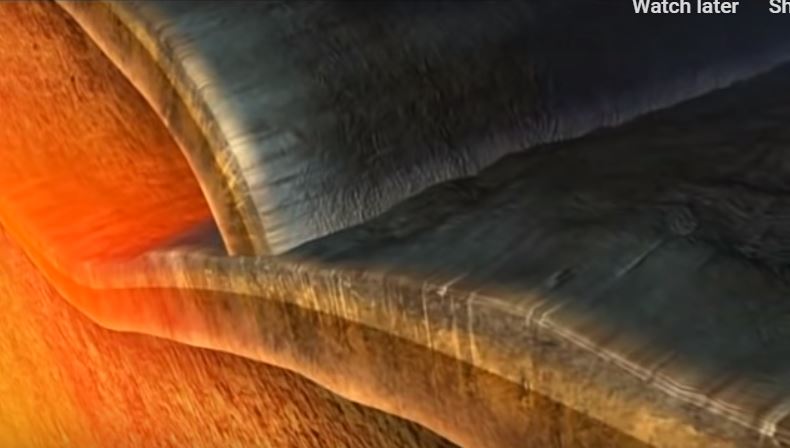
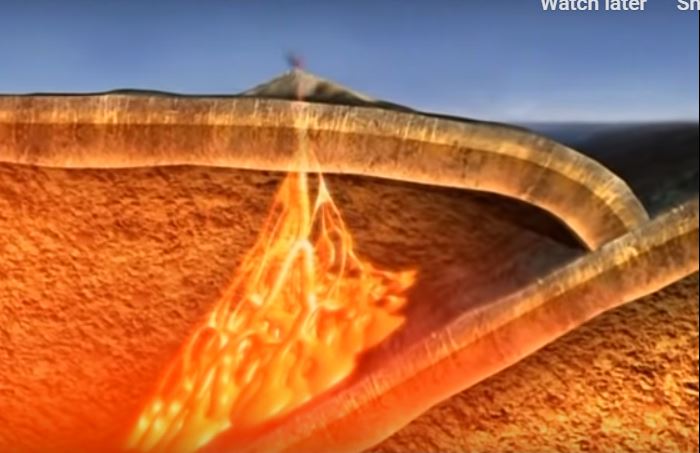
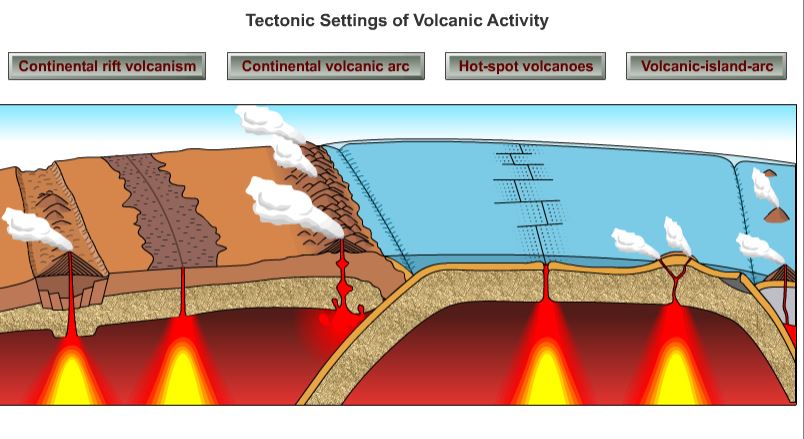
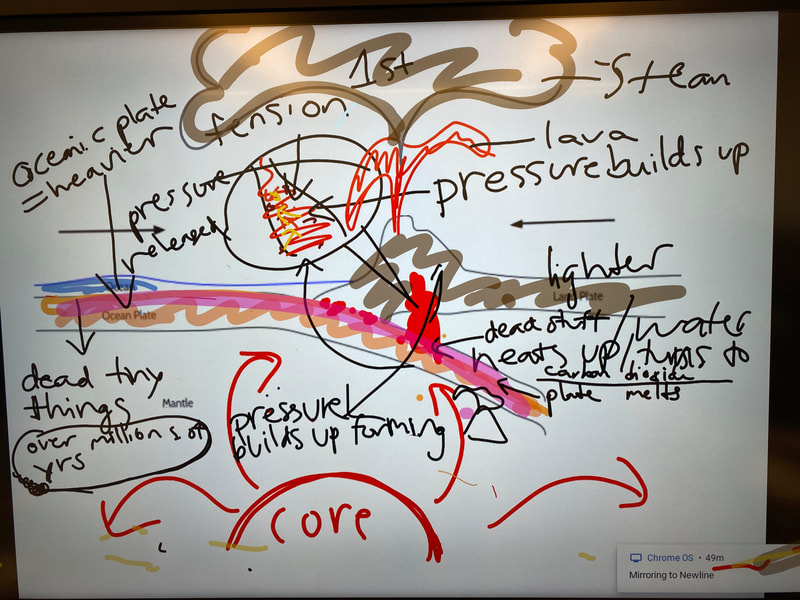
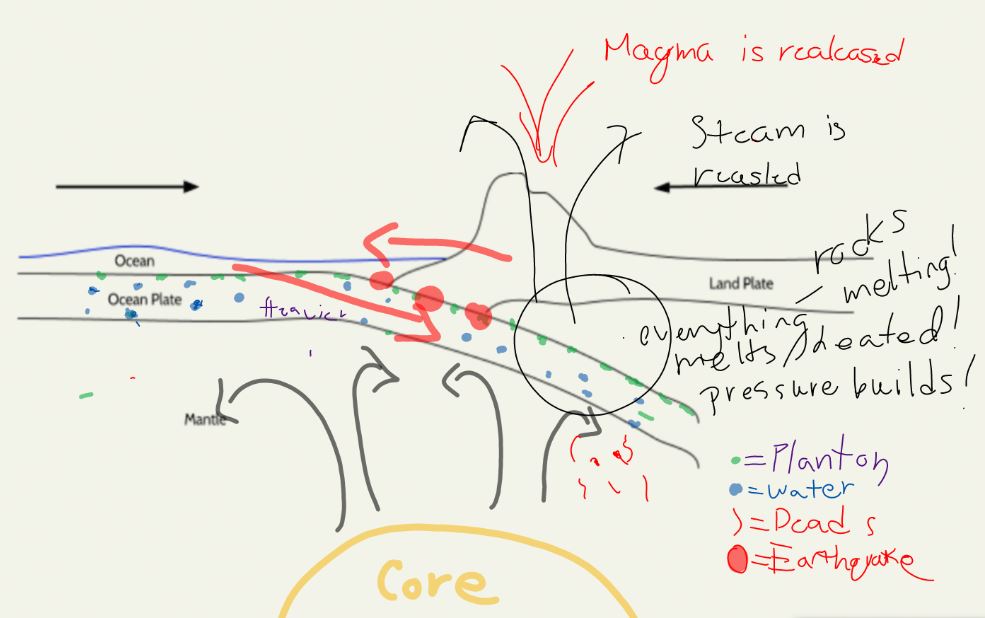
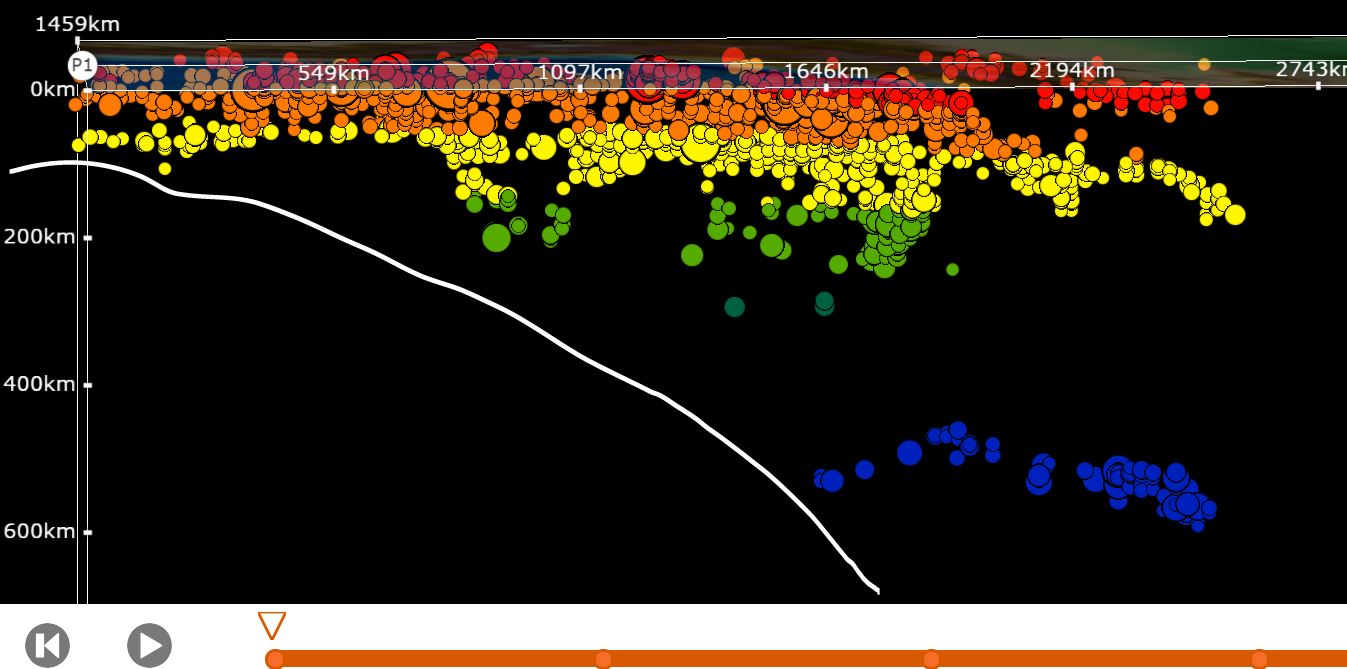
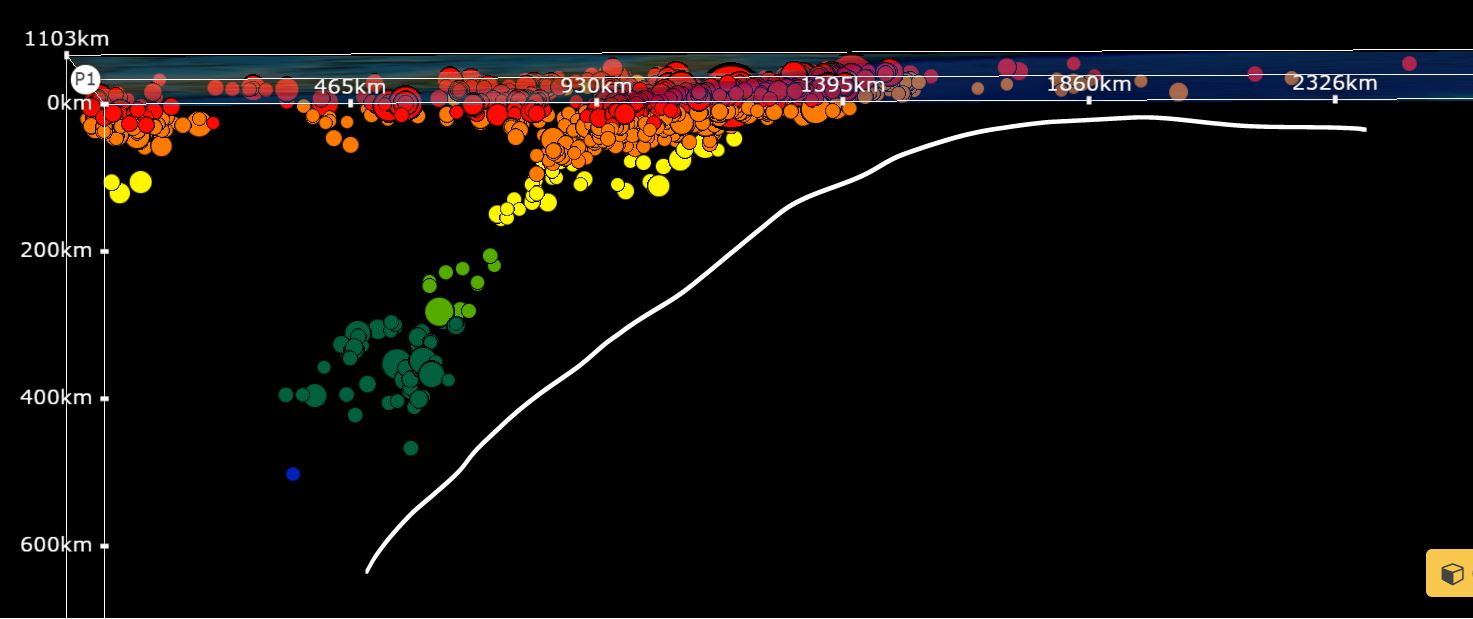
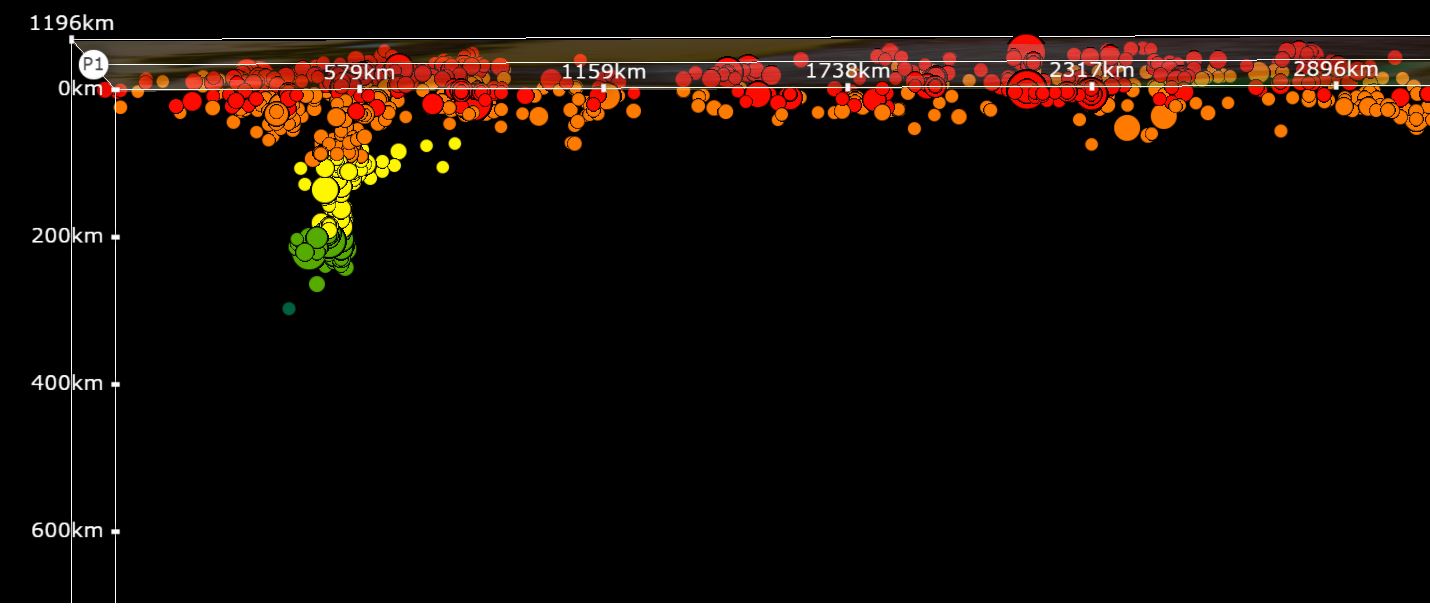
 RSS Feed
RSS Feed